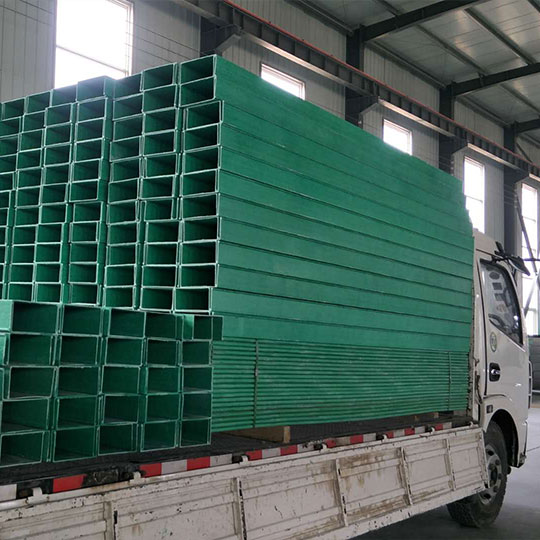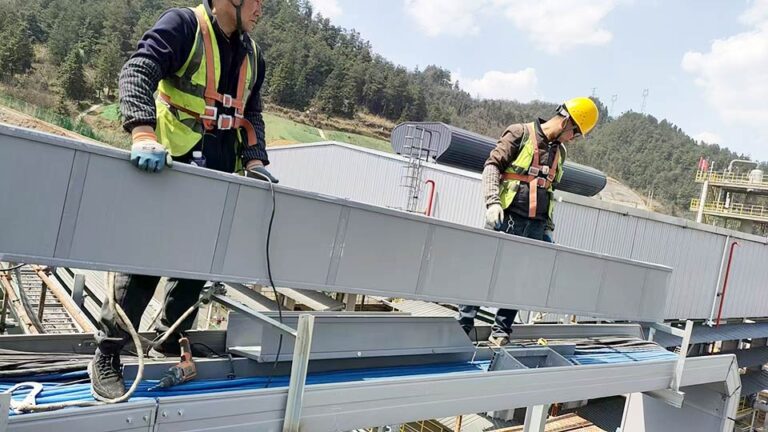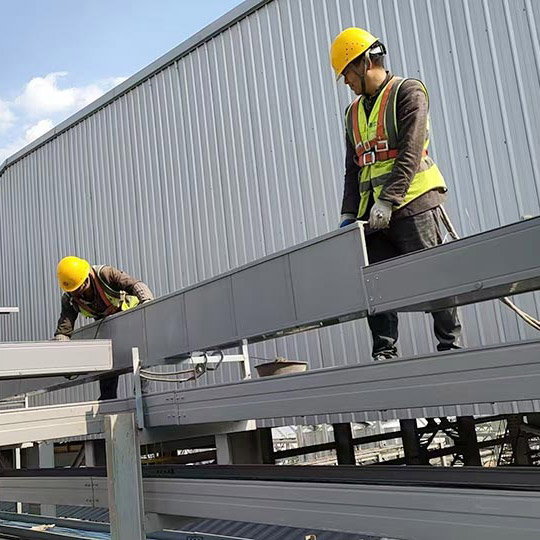Table of Contents
Introduction
Stainless steel cable trays are widely used in industrial, commercial, and outdoor electrical installations due to their superior strength, corrosion resistance, and long-term reliability. They are ideal for environments exposed to moisture, chemicals, or high temperatures. This article explores the benefits, types, applications, and selection tips for stainless steel cable trays, helping project managers and engineers choose the most suitable solution for their projects.
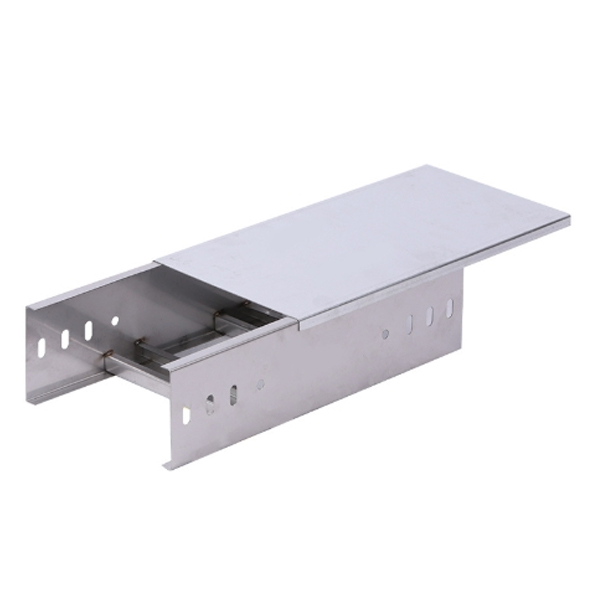
Advantages of Stainless Steel Cable Trays
- Corrosion Resistance: Perfect for chemical plants, offshore platforms, and high-humidity environments.
- Durable Construction: Provides long-term strength and resistance to mechanical wear.
- Fire Resistance: Certain stainless steel trays are fireproof, enhancing site safety.
- Low Maintenance: Reduces costs associated with inspections and replacements.
- Versatile Designs: Available in ladder, perforated, and channel styles to suit various cables.
Types of Stainless Steel Cable Trays
Stainless Steel Ladder Cable Tray
Ladder-style trays support heavy power cables, allowing heat dissipation through open rungs. They are ideal for high-load industrial applications. Keywords: stainless steel ladder cable tray, heavy-duty cable management, industrial power cables.
Stainless Steel Perforated Cable Tray
Perforated trays provide ventilation for medium-weight cables and help prevent heat buildup. Commonly used for data and control cables. Keywords: stainless steel perforated cable tray, cable heat dissipation, industrial data cables.
Stainless Steel Channel Cable Tray
Channel trays provide moderate cable support in constrained spaces and are suitable for small to medium cable bundles. Keywords: stainless steel channel cable tray, compact cable management, industrial installations.
Fireproof Stainless Steel Cable Tray
Fireproof trays offer additional safety in critical areas, such as chemical plants or high-power distribution zones. Keywords: fireproof stainless steel cable tray, industrial fire safety, electrical protection.
How to Choose Stainless Steel Cable Trays
Consider the following when selecting stainless steel cable trays:
- Environmental Conditions: Humidity, chemicals, and outdoor exposure dictate the grade of stainless steel.
- Cable Load Requirements: Match tray size and type to cable weight and bundle size.
- Compliance: Ensure trays meet relevant safety standards (UL, IEC).
- Installation Accessories: Clamps, hold-downs, connectors, and covers ensure secure installations.
- Future Expansion: Plan for additional cable routing to avoid costly modifications. Keywords: how to choose stainless steel cable tray, cable tray clamps, cable tray hold down clamps.
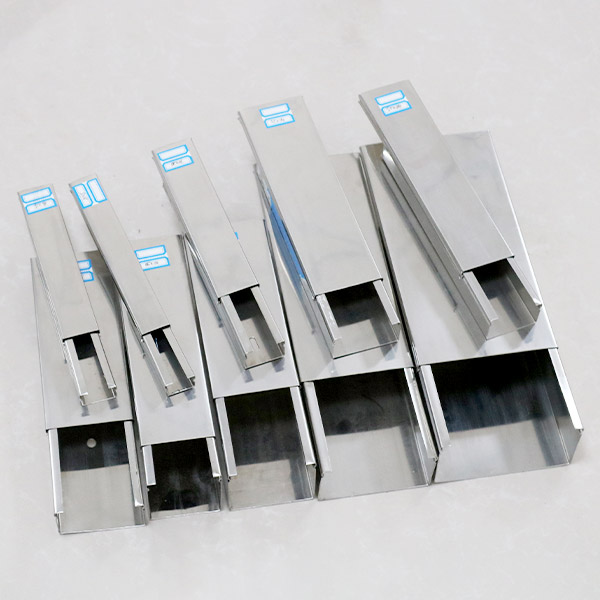
Technical Specifications Table
| Tray Type | Material | Load Capacity | Corrosion Resistance | Typical Applications |
|---|---|---|---|---|
| Ladder Cable Tray | Stainless steel 304/316 | High | Excellent | Heavy power cables in industrial and offshore sites |
| Perforated Cable Tray | Stainless steel 304 | Medium | High | Data, control, and medium-weight cables |
| Channel Cable Tray | Stainless steel 304 | Medium | High | Compact cable routing and industrial facilities |
| Fireproof Cable Tray | Stainless steel 316 | High | Excellent | Chemical plants, fire-risk areas, industrial safety zones |
Applications of Stainless Steel Cable Trays
- Chemical Plants and Offshore Facilities: Resistant to corrosion, moisture, and harsh chemicals.
- Manufacturing and Power Plants: Supports high-capacity power distribution safely.
- Outdoor Electrical Installations: UV and weather-resistant for exposed environments.
- Critical Infrastructure Projects: Fireproof trays protect sensitive cables and prevent hazards.
Maintenance and Safety Tips
- Regular Inspection: Look for corrosion, wear, or physical damage.
- Load Management: Avoid overloading to maintain tray integrity.
- Cable Separation: Keep power and data cables separate to reduce interference.
- Proper Installation Accessories: Ensure clamps, connectors, and hold-downs are compatible.
Conclusion
Stainless steel cable trays combine durability, corrosion resistance, and fire safety, making them ideal for industrial, chemical, and outdoor installations. By choosing the right type, material grade, and accessories, you can ensure long-term reliability, safety, and efficient cable management.
FAQ
What makes stainless steel cable trays better than other materials?
Stainless steel offers superior corrosion resistance, durability, and fire protection compared to galvanized or mild steel trays.
Can stainless steel cable trays be used outdoors?
Yes, grades like 304 and 316 resist moisture, chemicals, and UV exposure, making them ideal for outdoor applications.
What types of cables are suitable for ladder trays?
Heavy power cables and large bundles benefit from ladder trays due to their strength and ventilation.
Are there fireproof stainless steel cable trays?
Yes, fireproof trays are available and suitable for critical industrial installations where fire safety is a priority.
How long do stainless steel cable trays last?
With proper selection and maintenance, stainless steel trays can last 25–30 years, even in harsh environments.

